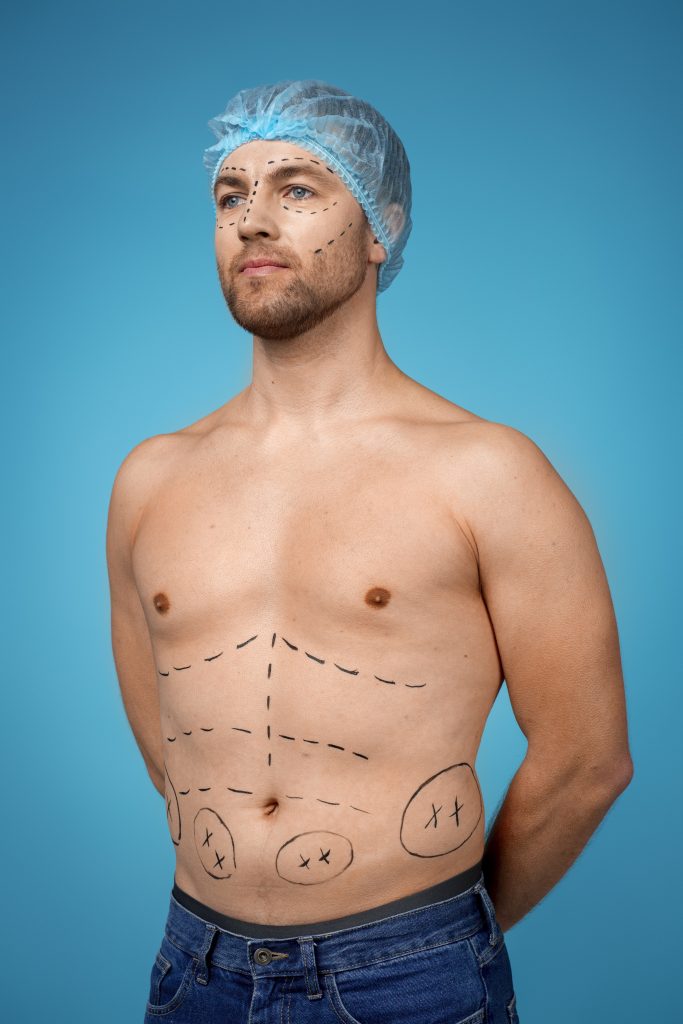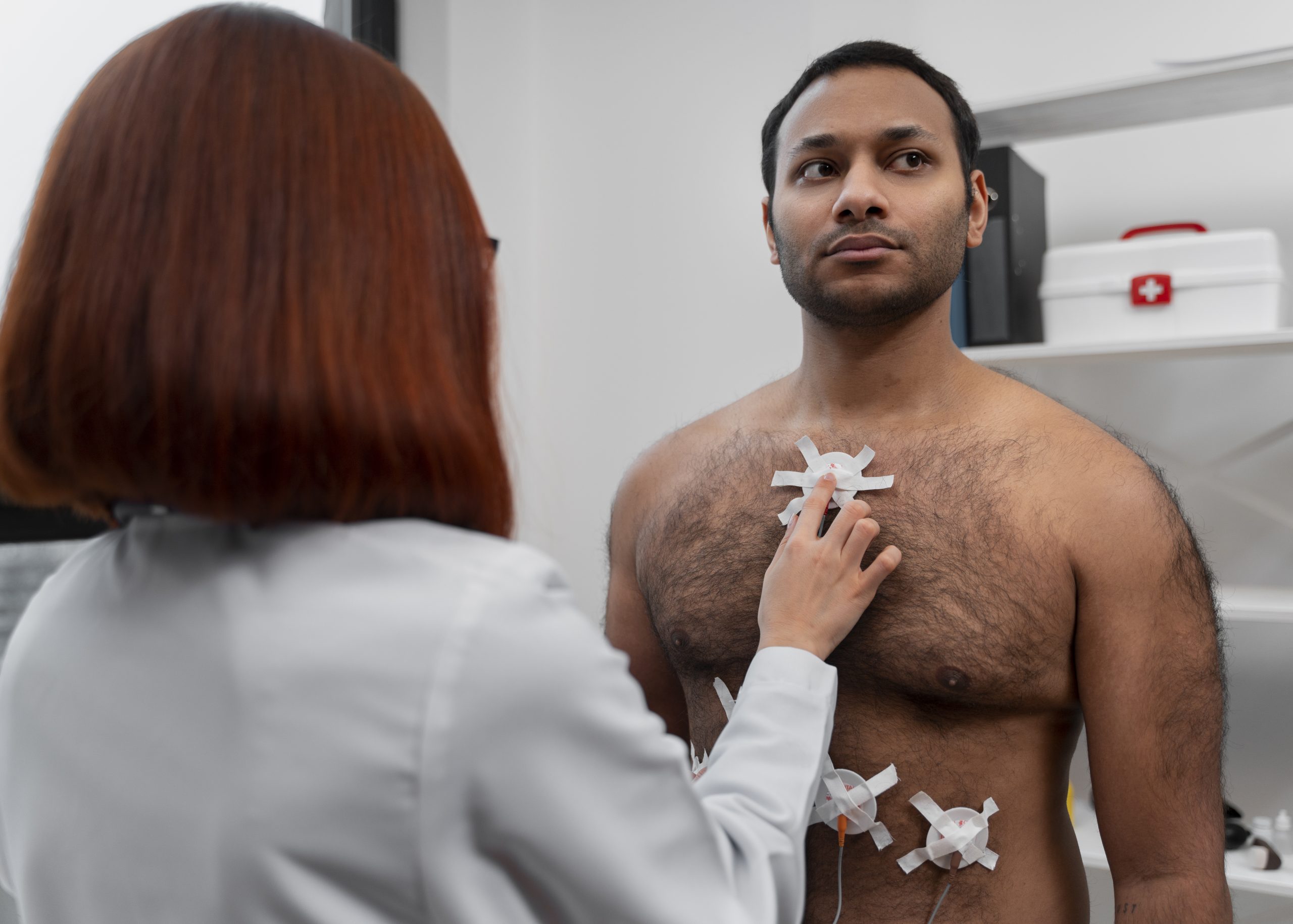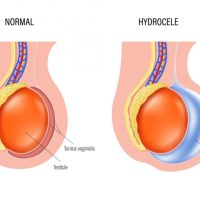Gynecomastia, often referred to as enlarged male breasts, occurs due to an increase in breast gland tissue in both children and adults. The breasts may become larger and can grow unevenly. This condition affects more than half of men across the globe. Although benign, this condition impacts individuals both psychologically and emotionally. Besides, it leads to poor self-esteem, which can be evidenced in their clothing patterns and social interactions. To restore their confidence and self-image, individuals frequently choose to undergo a Gynecomastia operation.
In general, the breast gland reduces in size during puberty, and no treatment options may be required. However, if the Gynecomastia persists for more than 2 years without any improvement, patients might consider visiting a gynecomastia doctor. Also known as male breast reduction, the procedure involves the removal of excess fat tissue from the breasts.
The internet is filled with misinformation suggesting that this condition can be reduced through exercise and diet. Other treatment options, such as Ayurveda and Homeopathy, are of no avail. Treatment is the only option that offers a long-lasting solution. A comprehensive understanding of the potential risks, benefits, and outcomes of the treatment helps in making an informed decision. It is estimated that a staggering 40% – 60% of men in India suffer from Gynecomastia at some point in their lives. When it comes to Gynecomastia treatment, the temple city, Vijayawada, boasts a good number of hospitals and clinics with world-class facilities. The expert surgeons treat thousands of Gynecomastia patients every year with a high success rate. The Gynecomastia treatment options in Vijayawada include liposuction, surgical removal of fat tissue, and fat transfer.
In this article, we will explore the causes, diagnosis, surgical procedures, treatment costs, and post-surgical recovery, providing you with the information needed to make an informed decision.
What is Gynecomastia
Before we dive deeper, let’s understand Gynecomastia and its causes. In basic terms, gynecomastia describes the enlargement of male breast tissue. It can affect one or both breasts and sometimes leads to uneven development. Gynecomastia can be witnessed during Infancy, puberty, and adulthood. In Infants, the swollen breast tissue is due to the effect of Oestrogen during pregnancy. It disappears within 2-3 weeks of the baby’s birth.
Gynecomastia during puberty is the most common; it may subside within 6 months to 2 years. However, it may persist in the majority of individuals who may have to opt for a Gynecomastia operation. Approximately 24% to 65% of men aged 50 to 80 have this condition.
Causes of Gynecomastia
In males, the body produces 2 sex hormones, testosterone and Oestrogen. While testosterone is responsible for muscle growth and hair, Oestrogen is responsible for the growth of breasts. Gynecomastia occurs when the amount of Oestrogen levels exceeds testosterone levels. It can be caused by conditions that lower testosterone levels or lead to a rise in Oestrogen levels.
- Obesity
- Hormonal imbalance
- Certain medications
- Underlying medical conditions
- Genetic factors


Gynecomastia Grades
Grade I
Small breast enlargement, which is localized around the areola with minimal excess skin. No surgery is required.
Grade II
Although Breast enlargement is moderate, it extends beyond the areola. Further divided into two subgrades – IIA (without any excess skin) and IIB (minor excess skin).
Grade III
Moderate breast enlargement with visible skin excess requires a Gynecomastia operation and also involves skin removal.
Grade IV
Peculiar breast enlargement with slightly sagging breasts, similar to females. This requires a more complex surgical approach. Nipple size increases, which is quite distinct.
Symptoms
It is recommended to consult a Gynecomastia doctor near you if you experience any of the following symptoms:
- Breast swelling
- Tenderness or pain
- Nipple discharge: Fluid comes from one or two breasts
- Hard lump
- Appearance of dimpled skin on the breast
Diagnosis
Gynecomastia diagnosis involves a combination of the following:
- Physical examination
- Review of medical history
- Blood tests
- Imaging tests
- Biopsy
- Mammogram – an X-ray of the breast
This helps unravel possible causes of Gynecomastia and physical conditions leading to its development.
Gynecomastia treatment
In most cases, no treatment may be required for Gynecomastia as the breast tissue reduces in size during puberty.
Non-surgical treatment
This includes offering emotional support, lifestyle modifications, hormonal therapy, wearing compression shirts, and the use of a few medications. Even then, if there is no improvement in the condition, then you have to opt for a Gynecomastia operation.
If any medication is leading to breast enlargement, your Gynecomastia specialist will suggest stopping the medication or suggest alternative options. Keep your doctor aware of any other medical non-prescription medications, such as herbal and dietary supplements.
Surgical treatment (Operation)
If the glands persist in being large and cause tenderness and pain affecting the quality of life, then a Gynecomastia operation is the only option. It provides a long-term solution by reducing the enlargement in the chest area and helps in achieving a flat, natural-looking contour. The appropriate treatment for Gynecomastia depends on the age, size of the breast tissue, and prevailing health conditions.
The surgical treatment is performed by a certified plastic surgeon and involves a combination of one or more of the following methods:
Gland excision (Mastectomy)
The Mastectomy surgery is a primary treatment for breast cancer, which involves the removal of partial or complete breast tissue.
Liposuction
Liposuction for gynecomastia is a minimally invasive procedure aimed at eliminating excess fat from the chest area without excising the breast gland. Involves making an incision and inserting a small tube through it. The Surgeon expertly removes the gland tissue with a scalpel. This procedure leaves a scar around the nipple region.
Post surgery, there will be swelling in the operated area, and the patient needs to wear compression garments for a couple of weeks to minimize it. The recovery time usually spans between 4 and 6 weeks, after which you will be able to restore your normal routine.
Complications
Although the procedures seem smooth and straightforward, you may experience certain complications post-treatment.
- Uneven chest contour
- Reduced sensation in one or both of the nipples
- Incomplete removal of breast tissue
Recovery
As mentioned above, after surgery, you can recover within 4-6 weeks and can return to your normal routine. After a gynecomastia procedure, you may feel discomfort due to swelling, bruising, and some mild pain. Your doctor advises wearing compression garments to support the contour.
During initial phases of recovery, it is important to take rest, avoiding any strenuous activities and heavy lifting. Pain relief medications will be given to help manage discomfort. In some instances, drainage tubes may be inserted during the procedure and must be kept in place for several days. These tubes collect any excess fluid that seeps out. You may need to visit the hospital to get the drains removed.
1-2 weeks: The swelling begins to subside, and you can resume normal to low strenuous activities. However, you need to continue wearing the compression garment.
Month and beyond: You will be able to resume vigorous activities as the swelling decreases. It is during this time that you can see the final results of the procedure.
Best hospitals for Gynecomastia operation in Vijayawada
Surgikure
This clinic is the best option for the Gynecomastia operation in Vijayawada. Expert Gynecomastia surgeons leverage liposuction and gland excision to permanently remove the breast tissue from the chest region. The recurrence rate is negligible, and there is no major scarring after treatment, accounting for perfect natural-looking results.
Manipal hospitals
One of the reputed hospitals in Vijayawada that offers Gynecomastia treatment.
Kamineni hospitals
Equipped with state-of-the-art equipment, the center has expert plastic surgeons to perform Gynecomastia surgery.
Prathap hospital
This hospital specializes in cosmetic and plastic surgery, including Gynecomastia surgery.
Vide Breast Care Centre
The Gynecomastia specialist offers treatment for Gynecomastia that involves a combination of Liposuction and gland excision.
Patient experiences and testimonials
Many patients after gynecomastia treatment report high satisfaction as they no longer need to endure the embarrassment due to male boobs. They describe it as a blessing in disguise, which helped them regain the lost confidence owing to the male chest contour. One patient wrote,” The Gynecomastia doctors explained everything to the smallest detail before the surgery, and ensured that I was properly informed about the surgery.”
Expert recommendation
Experts opine that observation is critical for many cases, while surgery is recommended for persistent cases. Before deciding on the surgical and non-surgical modes of treatment, prioritize ruling out underlying medical conditions and the use of illicit medications.
Gynecomastia Operation FAQs
- How can I prevent Gynecomastia?
Regular exercise, maintaining a healthy lifestyle, avoiding alcohol, and excessive use of illicit drugs.
- Can Gynecomastia recur after surgery?
Yes, as the surgery involves the removal of breast tissue that causes enlargement. Post-surgery, it is also important to follow a healthy lifestyle and a steady weight. If there is a hormonal imbalance and the individual gains subsequent weight, then Gynecomastia may recur. - What is the recovery time post-Gynecomastia operation?
The recovery time spans from 4-6 weeks, during which the patient must wear compression garments. They must avoid lifting heavy weights during the recovery period. - Will there be visible scars after Gynecomastia treatment?
Most incisions are made along the areola border to remove the excess fat and tissue. Hence, such scars are barely visible and fade considerably post-surgery. Proper aftercare and silicone gel treatments help patients achieve less visible scars. - Do I need to wear a compression garment after Gynecomastia surgery?
Yes, a compression garment helps shorten wound healing time by reducing swelling and bruising. It helps avoid unwanted complications like Seroma (fluid buildup) and Haematoma (blood accumulation).



